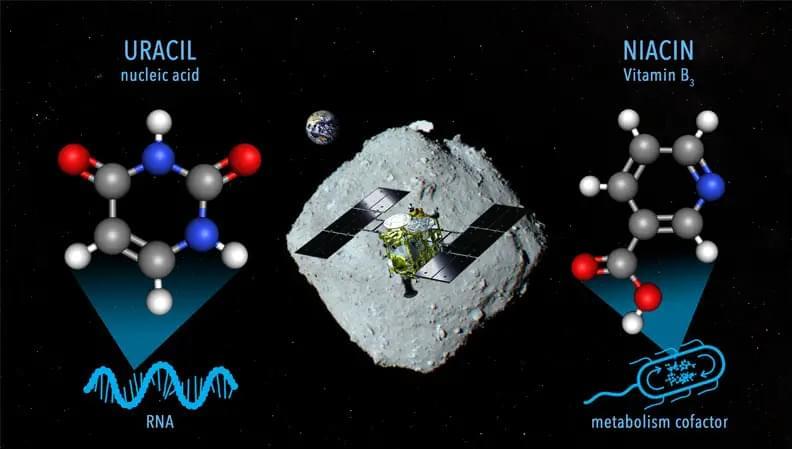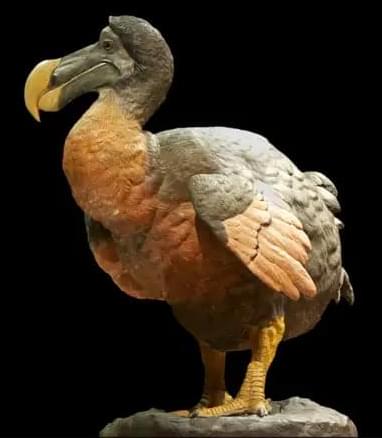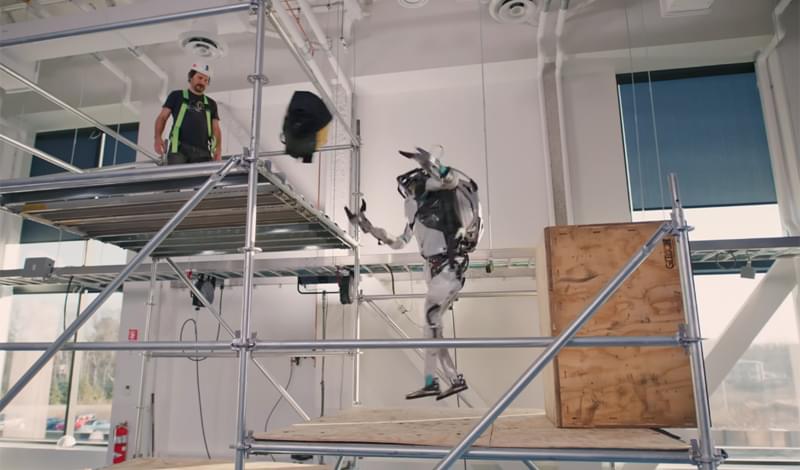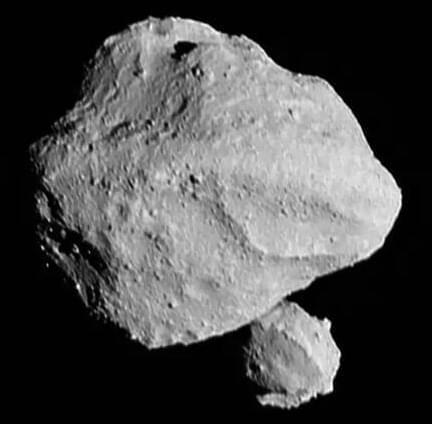
Dinkinesh, previously thought to be a single asteroid, is revealed by NASA’s Lucy probe to in fact be a binary pair.
“Moonrise” of the new satellite as it emerges from behind Dinkinesh as seen by the Lucy Long-Range Reconnaissance Imager (L’LORRI). Credit: NASA/Goddard/SwRI/Johns Hopkins APL/NOIRLab.
Dinkinesh, a main-belt asteroid with an orbital period of 3.2 years, was discovered on 4th November 1999 by the Lincoln Near-Earth Asteroid Research (LINEAR) sky survey at Socorro, New Mexico. Less than two weeks after being observed, astronomers lost track of the object and it went unrecognised for several years. Additional sightings occurred in the mid-2000s, helping to re-establish its position and greatly reduce the uncertainties of its orbit.
]]>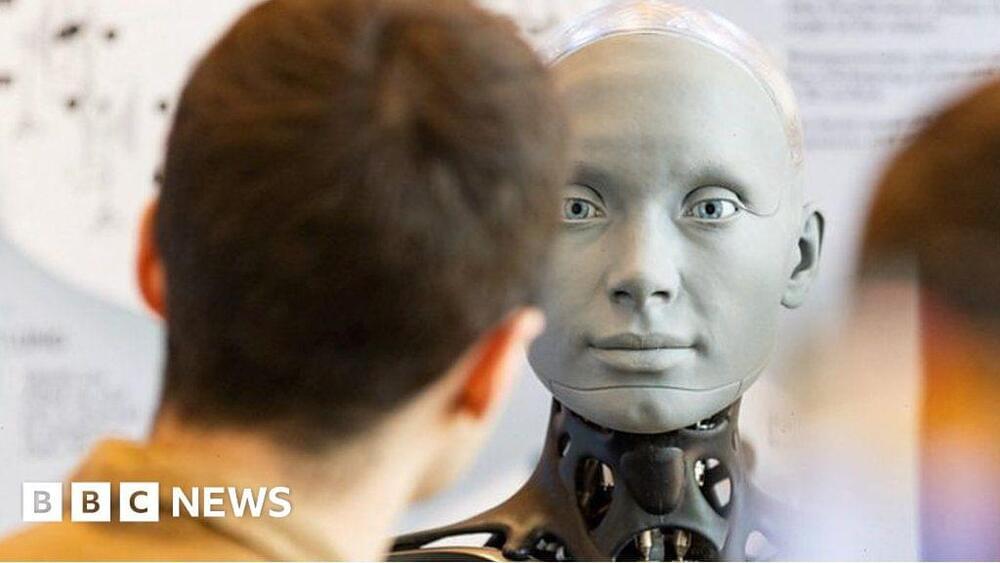
The question was posed at the world’s first robot-human press conference at a UN summit in Geneva.
]]>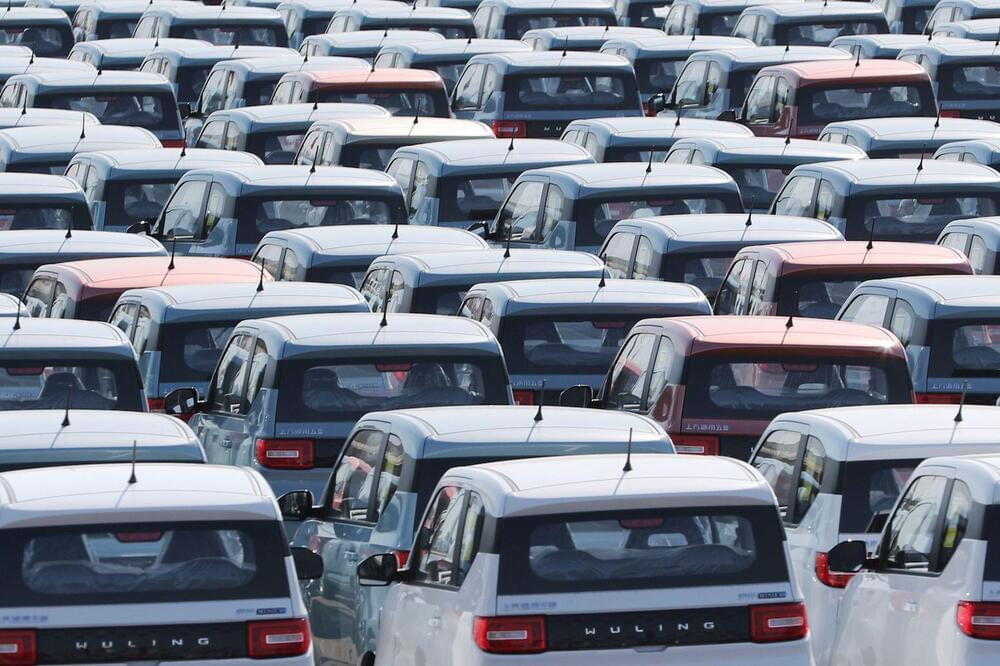
More than one in three new vehicles sold in 2030 will be electric thanks to “explosive” growth in the market, according to the International Energy Agency (IEA).
The influential Paris-based group says electric cars are already on track to make up 18% of sales in 2023. With new policies driving growth in the US and the EU, the share of electric models in 2030 is now set to be more than double what it expected just two years ago.
The expansion means that the demand for oil-based fuels such as petrol and diesel in the road transport sector will start to decline within just two years. Around 5% of current oil demand will have been wiped out by 2030, it adds.
]]>Interesting results from the Japanese Hayabusa2 spacecraft — molecules needed for life were found in samples from the asteroid Ryugu.
The mission will now continue until at least 2031.
The RNA building block uracil has been found on asteroid 162,173, along with niacin, both important in the development of life.
]]>Colossal Biosciences, a genetic engineering company focused on de-extincting past species, has announced $150 million in Series B funding, which it plans to use for bringing back the iconic dodo.
The resurrection of several extinct species is predicted to occur within the next five years. One company aiming to make that a reality is Texas-based startup Colossal Biosciences, founded in 2021 by some of the world’s leading experts in genomics. In May 2022, it appeared in the World Economic Forum’s list of Technology Pioneers and it won Genomics Innovation of the Year at the BioTech Breakthrough Awards.
]]>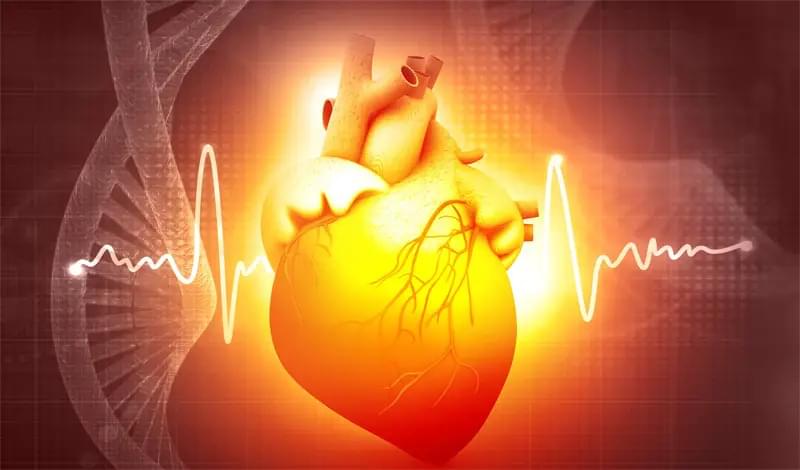
A gene called BPIFB4, discovered in a population of centenarians, could help to reverse the aging of human hearts.
Carriers of healthy mutant genes, including people in so-called “blue zones” of the world, often live to 100 years or more and remain in good health. Cardiovascular complications are also rarer in these individuals. Scientists now believe that a gene may help to keep their hearts young by protecting them against diseases linked to aging.
]]>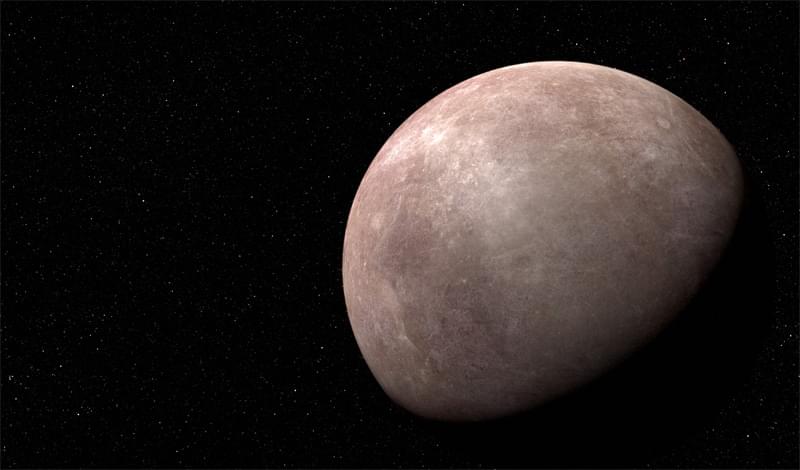
NASA scientists report the discovery of LHS 475 b, an exoplanet almost identical in size and mass to Earth, and the first to be confirmed by the James Webb Space Telescope.
LHS 475 is a red dwarf star with about a quarter of our Sun’s mass and radius, located relatively close in our stellar neighbourhood at 41 light years away. Astronomers have now confirmed that the system contains at least one known exoplanet, designated LHS 475 b.
]]>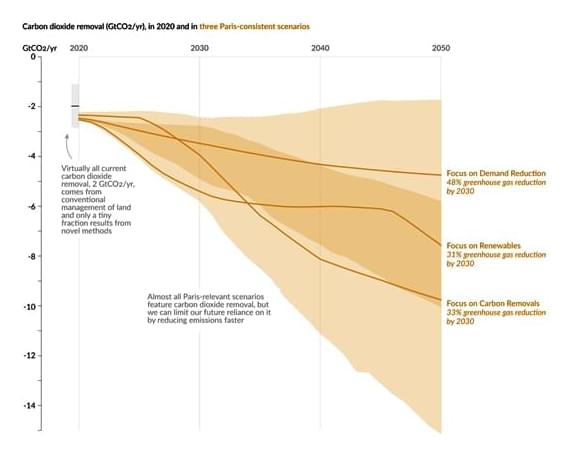
Exponential progress can be expected in the decades ahead, if all goes according to plan. […] Combined with emission reductions, and natural methods such as forest restoration, it could finally begin reversing the centuries-long build-up of CO2, which is today approaching a cumulative total of nearly 2,000 GtCO2 since the Industrial Revolution.
The first comprehensive, global assessment of carbon dioxide removal (CDR) – including both current developments and projected future trends – has been published this week by Oxford University.
The detailed analysis finds that natural methods (such as tree and soil restoration) will need to double, while new technologies such as direct air capture need a 1,300-fold capacity increase by 2050.
]]>Boston Dynamics has trained its Atlas robot to develop a new set of skills.
In this video, the humanoid robot manipulates the world around it – interacting with objects and modifying the course to reach its goal – pushing the limits of locomotion, sensing, and athleticism.
“We’re not just thinking about how to make the robot move dynamically through its environment, like we did in Parkour and Dance,” said Scott Kuindersma, the company’s team leader of research on Atlas. “Now, we’re starting to put Atlas to work and think about how the robot should be able to perceive and manipulate objects in its environment.
]]>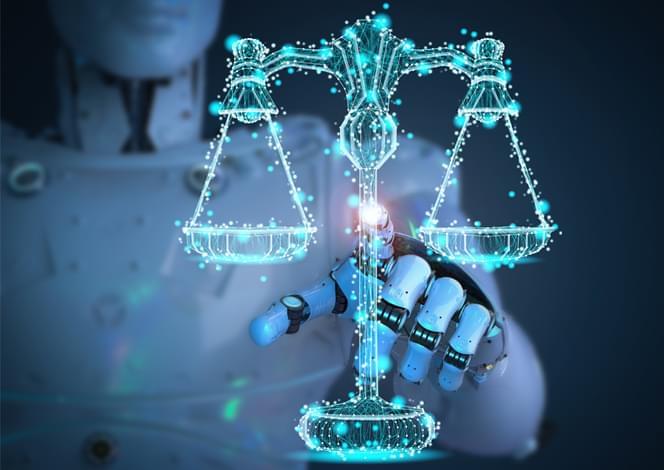
In the first case of its kind, artificial intelligence (AI) will be present throughout an entire U.S. court proceeding, when it helps to defend against a speeding ticket.
San Francisco-based DoNotPay has developed “the world’s first robot lawyer” – an AI that can be installed on a mobile device. The company’s stated goal is to “level the playing field and make legal information and self-help accessible to everyone.”
]]>